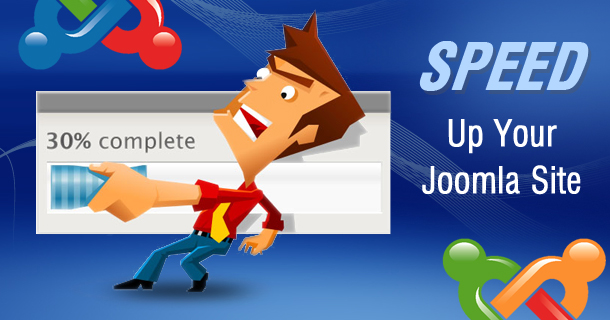It is quite unfortunate, but Joomla websites could eventually have degraded performance, due to a number of reasons. Here are things that we should avoid:
- We enable statistics: If we enable the statistics feature, many SQL queries will be generated to obtain visitor information. However, we should know that in many cases, these stats are not really necessary and they will simply waste resources. Instead, we should use Google Analytics to properly keep track of our users. Statistics could generate good stats and user information, but could cause serious decline in performance.
- We don’t optimize loading speed of PHP code: By optimizing the loading speed of our PHP pages, we will be able to improve the overall performance. However, many Joomla users are unaware of this method and this could cost them the performance of their website. We could install the PHPSpeedy plugin to improve the performance of our website. It will not only optimize PHP files, but also compress CSS and JavaScript files.
- Modules are not cached: Modules in our website may have caching option and it’s often disabled by default. We should check all of our modules and make sure that they are cached. This will improve the overall performance of our website.
- Our database isn’t optimized: A database is consisted of tables and large amount of data. It’s where Joomla websites store information for users. Database will grow and become less optimized, since we regularly add, modify and delete information. In this situation, we need to regularly optimize tables. We could go to CPanel and then phpMyAdmin. Choose all tablets and click Optimize.
- php isn’t optimized: Index.php often comes with templates that we use. Unfortunately, it may contain a lot of useless codes and comment lines. In order to optimize index.php, we could got template managed and edit the file. There are samples of simple index.php found online and this will allow us to determine what comment lines and junk codes to remove.
- We use large images: Some people still use BMP files, which is difficult to optimize. It is true that images are essential, because they give live into our content. Unfortunately, images will also slow down the loading time of our article. Even if we have a masterpiece layout, people could become impatient and close the browser tab if our page loads too slowly. It’s a good idea to properly optimize our images and aim for minimum size. Adobe Photoshop is the most common tool to optimize JPG and PNG files. We could open the image and choose the “Save for Web” option. We will be able to adjust the quality level and image size.
- We don’t regularly test our website: Even if we have avoided the above mistakes, there could still be other factors that cause slowdowns. We should check the loading time of our website, especially if we have installed new components or templates.
